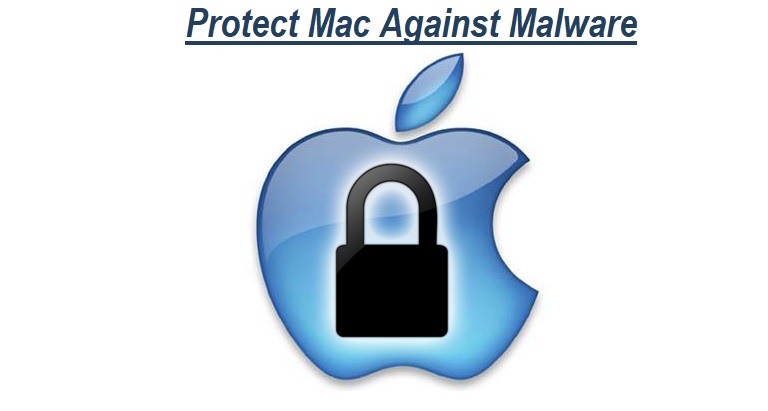It is crucial for a Mac user to keep data secure and maintain privacy. Still, there are many who don’t give much attention to this aspe...

It is crucial for a Mac user to keep data secure and maintain privacy. Still, there are many who don’t give much attention to this aspect and only stick to the bare necessities. This gives hackers, authorities, and opportunists the ability to access a Mac user’s personal data.
Several tips can be utilized to protect a Mac from malware, viruses, and trojans, according to Security Zap, which provides an authentic platform for sharing news and information related to information and cyber security.
1. Enabling Firewall
No, the Firewall in Mac is not enabled default. And since this is the first line of defense for any Mac user, it is important to enable the Firewall on the Mac.
To do this, one needs to click on the “Firewall” tab located in the Security & Privacy pane of System Preferences. Next step is to click on the padlock icon on the bottom left corner, to unlock the system settings with a password. After this, one will need to click on the “Turn On Firewall” option so that it gets enabled.
2. Regular Updates of OS X Software and Apps
Apple, along with several third-party apps as well, issue regular security updates which should not be neglected by a Mac user. Keeping one’s OS X software and other apps updated is one of the most efficient ways to protect one’s Mac system from malware and other harmful software/programs.
3. Disabling Java
Security breaches in Java give entry to different types of malware including Flashback into a Mac system. Although, Apple has come up with various patch updates to secure the security holes of Java so that Flashback or any other malware does not spread.
In addition to installing such updates, one can also opt to disable Java completely on their Mac. Usually, a Mac user does not need Java installed on their system, not even for their web browsing requirements. If one disables Java, then they won’t have to worry about any security hole—especially in the older Mac versions—that might pave way for malware in the system.
4. Installation of Antivirus
Having an antivirus installed on one’s Mac is another effective way to keep it protected. One can come across free download versions of several anti-viruses online like AVG, Avira, Avast etc., but one needs to research thoroughly before installing any antivirus on the Mac. This preventive measure will keep a Mac secure from every possible threat.
5. Removal Of Or Disabling Adobe Acrobat Reader
There have been several security breaches in Adobe Acrobat Reader in the recent past, so it is safer for a Mac user to do without Reader in the web browser. OX provides Preview for PDF viewing anyway, therefore one can always do away with Reader. One should either locate the file for Adobe Acrobat Reader or run the bundled uninstaller app to remove this application software.
6. Disabling Adobe Flash
Flash has often been used for attacking the Mac in the past; it is primarily a battery hog that is crash-prone and gives way to occasional breaches in security. That is one of the most important reasons why Mac has now stopped providing devices with Flash installed in them.
7. Never Install Any Random Software
Whenever one views any random pop-up window that seeks permission for installation of unknown software (something that one did not request for) one should never install that software. Although this may sound like something that everyone knows, there have been cases in the past in which malware have attacked Macs through such random software installation.
8. Ensure That GateKeeper Only Runs Digitally-Signed Apps
There are some malware authorities who have been able to find their way through a Mac system by digitally signed in applications. They use phony Developer ID to get past the Gatekeeper security. But one can still change the settings of GateKeeper to be warned when downloading any unsigned app, or in case the app is not downloaded from the App Store.
9. Do Not Disable System Identity Protection
SIP, or System Identity Protection, ensures that nothing other than the macOS update bundle can change the operating system’s core aspects. It is not a good idea to disable SIP because if the Mac owner can change the operating system’s core aspects, so can any malware—making it tough to detect or remove the malware. This is the reason why one should not make any changes to SIP, just leave it alone.
10. Ensure That Anti-Malware Definitions Have Been Enabled
The OS X downloads and maintains a list of malware definitions automatically, which can be used actively to fight against potential attacks and threats. Although this is enabled by default, one can ensure that they receive updates of the list by turning on this feature on their Mac.







COMMENTS